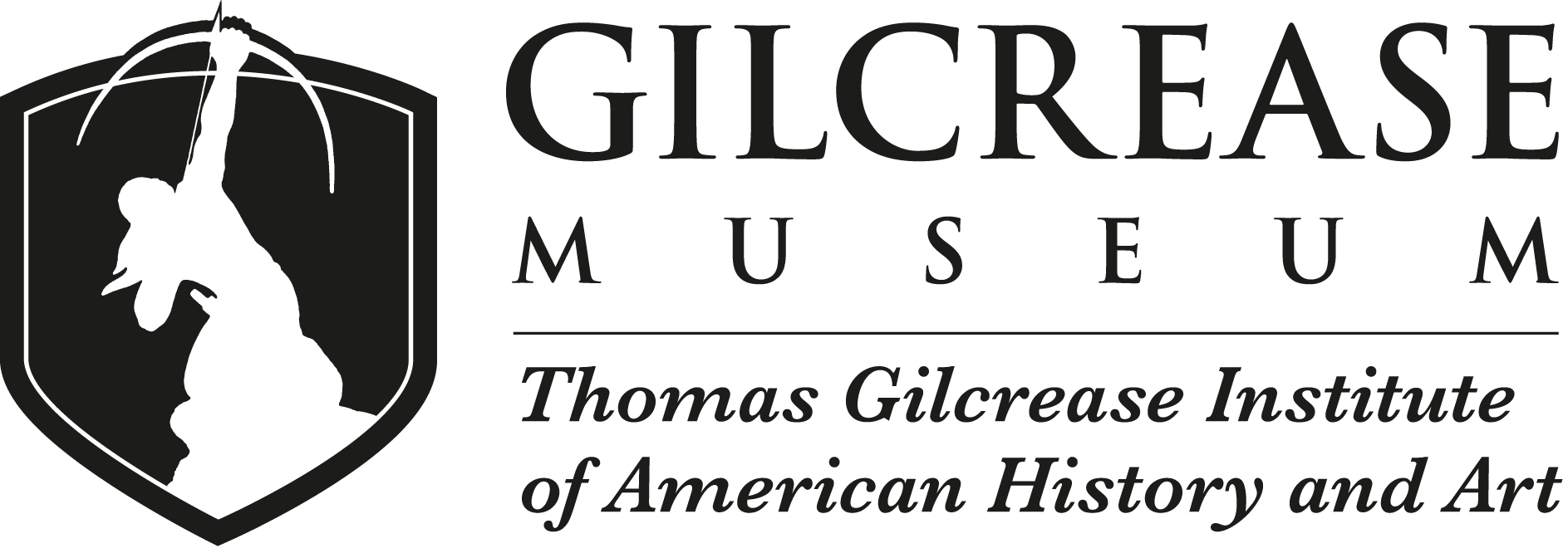Gilcrease Museum
American museum, Tulsa, established 1949
Commonly known as Gilcrease Museum, The Thomas Gilcrease Institute of American History and Art houses large and comprehensive collections of art and artifacts detailing the history of North America. The museum also boasts an unparalleled collection of Native American art and material. Through its collection, the museum is dedicated to bringing art, history, and peoples together to research, discover and understand more about the diverse heritage of the Americas.
About the Dataset
The information contributed by The Thomas Gilcrease Institute of American History and Art (Gilcrease Museum) to the American Art Collaborative represents a sampling of the broad range of material in the museum’s collection of more than 350,000 items. The collections represent art, archive and anthropology materials that span 13,500 years of North American history and art. The collection is made unique by the depth and breadth of the materials acquired by Thomas Gilcrease. The anthropology collection has strengths in Mississippian Culture artifacts as well as ethnographic materials found in a range of historic periods. The Art collection spans from Colonial to Modern, with contemporary works by Native American artists. In addition to works of art by Frederic Remington, Thomas Moran, Alfred Jacob Miller, and Joseph Henry Sharp, there are several related artist archives. There are also documents that chronicle the founding of U.S. democracy from the European settler perspective and also the Native American point-of-view. Papers from the archive of Cherokee Chief John Ross chronicle the time he lead the Cherokee Nation from 1828 to 1866. Another nostalgic view can be found within the papers of the Western artist Charles M. Russell. In total, this sampling of 20,000 items represents the foundation of ideas that shape our culture today.












